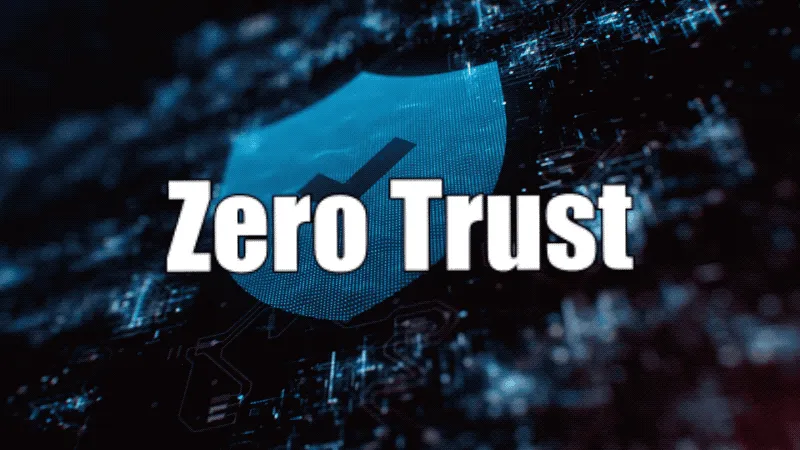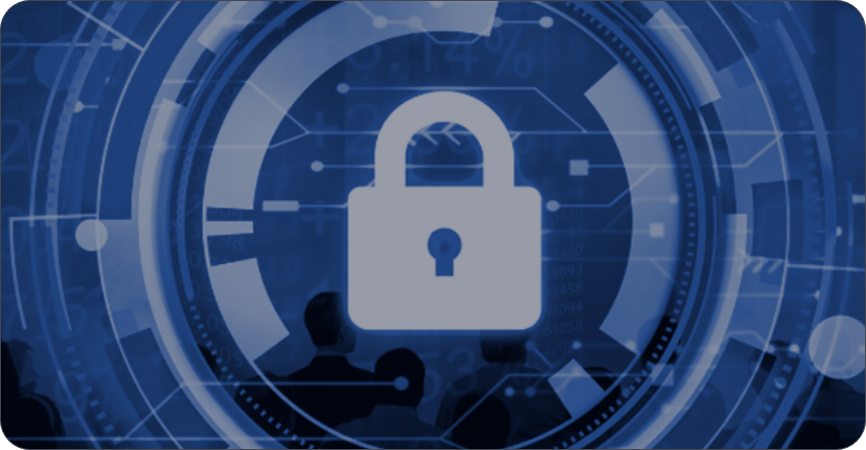Do you ask yourself is our cybersecurity strategy working? Is it cost-effective? Are we getting real value for what we are paying for? Is our leadership confident in our efforts? In today’s chaotic world where the number and sophistication of threats are rising, it is very challenging. It seems every day the news cycle reports on yet another organization victim of a cyber-attack. So, it is important to have confidence and assurance that your cybersecurity strategy is performing.
To ensure that your cybersecurity strategy and measures are effective and up to date, it’s essential to monitor and track performance using specific tactical metrics. We will cover seven key metrics that should be measured to ascertain the effectiveness of your organization’s cybersecurity strategy.
Analyzing Your Cybersecurity Performance with Key Metrics
Quantitative assessments and key performance indicators (KPIs) play a crucial role in understanding how well your cybersecurity program is performing. These metrics can provide valuable insights into the areas that may require improvement or additional investment, while also highlighting the aspects of your strategy that are working as intended. By focusing on these essential metrics, you can optimize your cybersecurity strategy, allocate resources more effectively, and bolster your organization’s overall security posture.
Let’s dive deeper into these key metrics and explore how they can help you improve your cybersecurity performance:
1. Number of security incidents detected and resolved
Monitoring the number of confirmed security incidents detected and resolved within a given period allows you to measure how well your security team is identifying, addressing, and mitigating potential threats. A higher number of resolved incidents signifies a proactive and successful security team, while a lower number may indicate underreporting or insufficient detection capabilities.
It’s important to note that not all security incidents are created equal, so making an informed judgment call on what incidents to include based on their level of severity is important for getting valid metrics. If you include lower-severity incidents or do not separate them out, it may cloud the measurement a bit. Tracking the types of security incidents, such as data breaches, malware infections, or unauthorized access, can provide deeper insights into where vulnerabilities may exist within your organization. For example, a high number of data breaches may indicate weak access controls or inadequate encryption protocols.
2. Time to detect and respond to security incidents
An important capability of effective cybersecurity is the ability to quickly identify and respond to potential security incidents. Measuring the time, it takes to detect an incident and subsequently respond to it provides valuable insights into the efficiency of your security team and the effectiveness of the tools and procedures you have in place. Note: this is what many managed security vendors use to measure and report to validate their efforts.
Minimizing the time, it takes to detect and respond to security incidents can dramatically reduce the potential impact and damage caused by a breach or attack. It can also help you identify areas or gaps where your incident response plan may need improvement.
3. Number of vulnerabilities identified and remediated
Known gaps or unaddressed vulnerabilities within your organization’s systems and applications can leave you exposed to potential cyberattacks. Frequently scanning your IT environment for known vulnerabilities and continually tracking the number of identified risks, as well as your remediation efforts, can help ensure that your organization is properly addressing and patching these security gaps.
In addition to tracking the total number of vulnerabilities, it’s important to monitor the severity and age of the identified vulnerabilities, prioritizing the most severe risks to minimize their potential. This can help you allocate resources more effectively and ensure that high-risk vulnerabilities are addressed promptly, lowering the risk to your organization.
4. Percentage of employees who complete cybersecurity training
This may be more strategic than tactical, but it is an important indicator of your ongoing cybersecurity efforts. Employee awareness and training are critical components of an effective cybersecurity strategy and should be prioritized accordingly. By measuring the percentage of employees who complete cybersecurity training and awareness programs, you can assess your organization’s overall commitment to security and ensure that employees understand their role in preventing data breaches and cyberattacks.
Ideally, this metric should be close to 100%, signifying that all employees have received sufficient training to identify and avoid common cybersecurity threats, such as phishing emails, social engineering attacks, and unsafe browsing habits. It’s also important to regularly update and refresh your training programs to ensure that employees are continually up to date on the latest threats and best practices.
5. Percentage of systems that are up to date with security patches
Regular patching is and always has been an important component of a strong cybersecurity program, as it ensures that your systems and applications are protected from known vulnerabilities. Monitoring the percentage of systems that are up to date with security patches allows you to gauge the effectiveness of your patch management process and ensure that vulnerabilities within your environment are being remediated in a timely fashion.
A high percentage indicates that your organization is using their money, time, and resources wisely to maintain a positive security posture. A lower percentage may indicate gaps and signal a need for improvement in your patch management process. Be sure and prioritize critical patches to minimize the risk to your organization.
6. Number of unauthorized access attempts blocked
Protecting your organization’s digital assets from unauthorized access is a significant part of any cybersecurity strategy. It is why your identity strategy is so crucial to lowering organizational risk. In fact, according to Forbes, 80% of data breaches involved compromised credentials. So, measuring the number of unauthorized access attempts that have been blocked by your identity and security controls can demonstrate the effectiveness of your defenses and access control mechanisms.
Keeping track of this metric may also reveal patterns that can point to gaps and future improvements to your cybersecurity posture. For example, if a large number of access attempts are originating from a specific IP address, it may indicate a targeted attack that requires further investigation.
7. Percentage of systems that have been scanned for vulnerabilities
Performing regular vulnerability scans is a key ingredient in keeping an accurate inventory of your IT environment and understanding its potential weaknesses. Measuring the percentage of systems that have been scanned for vulnerabilities allows you to ensure that all parts of your organization are evaluated for potential risks.
A high percentage demonstrates a commitment to uncovering vulnerabilities within your systems, while a low percentage may indicate gaps in your vulnerability management process that need attention. It’s important to prioritize critical systems and ensure that scans are performed regularly to maintain an accurate understanding of your organization’s security posture.
In conclusion
There are more, but by measuring and monitoring these seven key metrics, you can more effectively evaluate your cybersecurity strategy and improve your approach incrementally to better protect your organization. These metrics can also help you to allocate your resources more strategically and tactically improving the overall security of your organization.
Remember that no metric is a silver bullet and cybersecurity is an endless journey. Therefore, it is essential to continually evaluate your cybersecurity posture using a variety of metrics so you and your team can evaluate and report on your organization’s performance and effectiveness.





